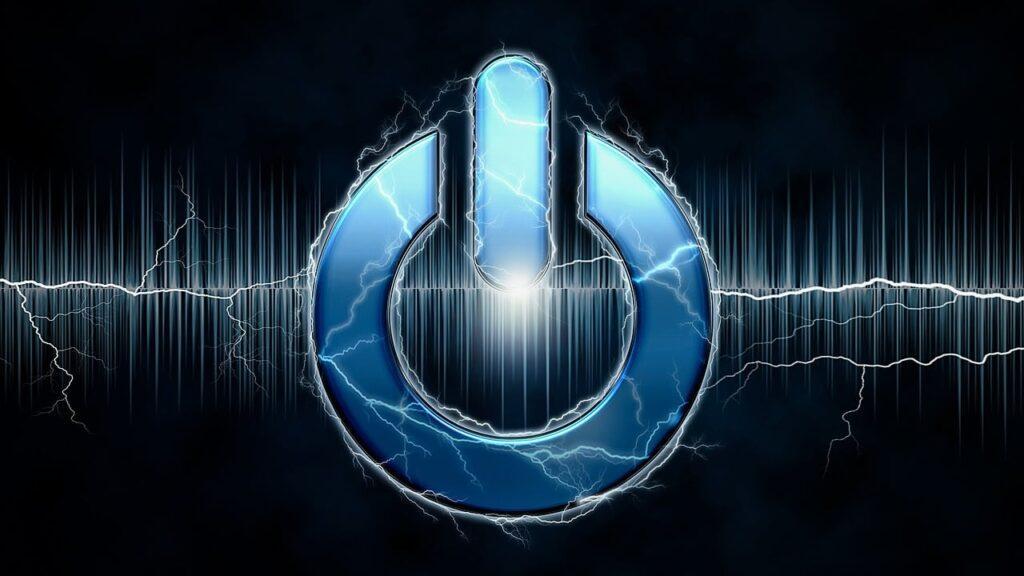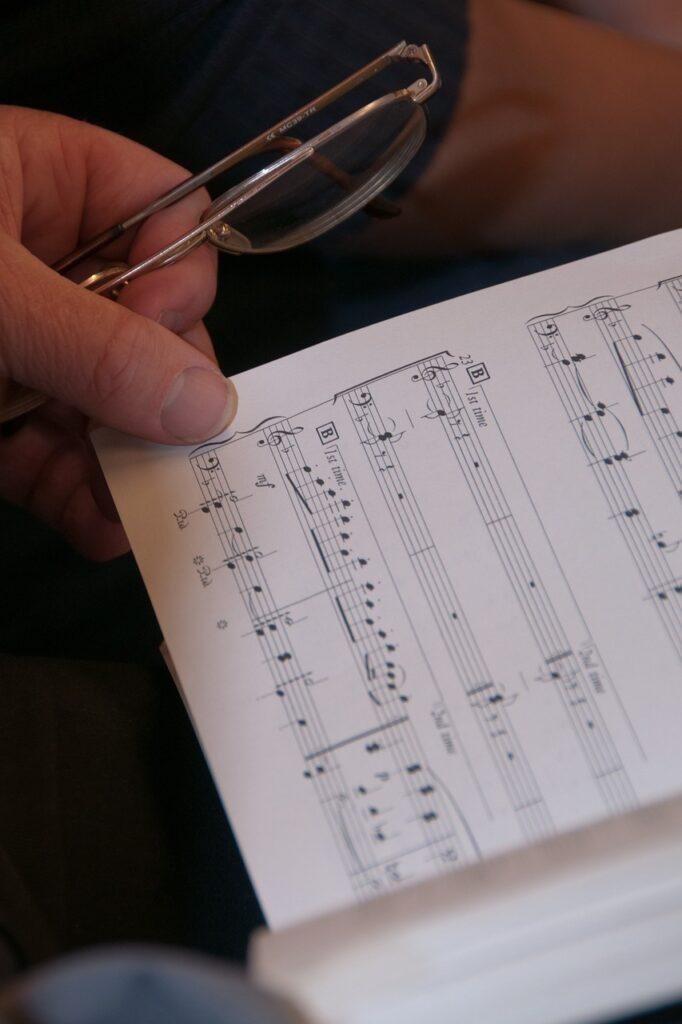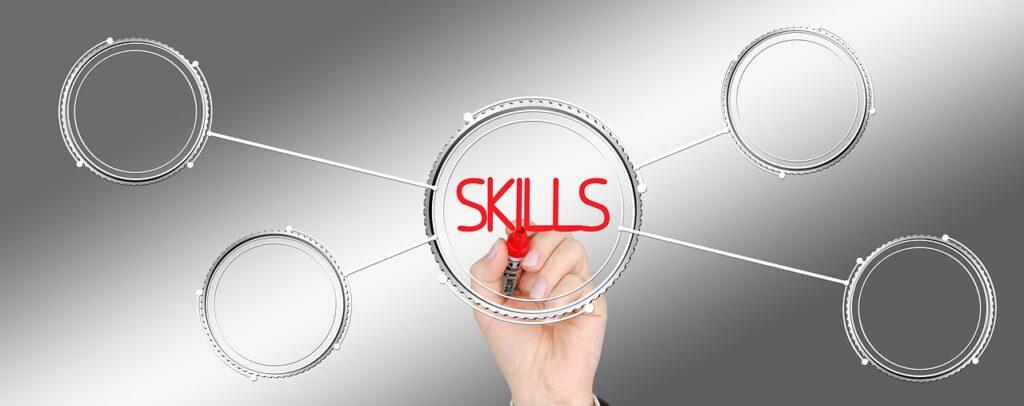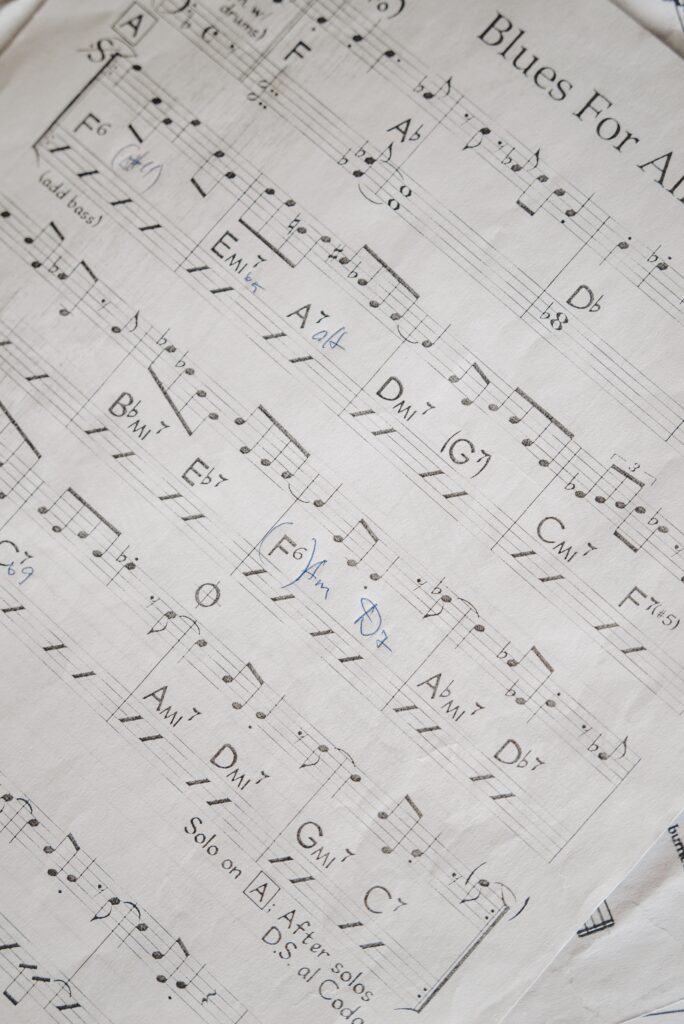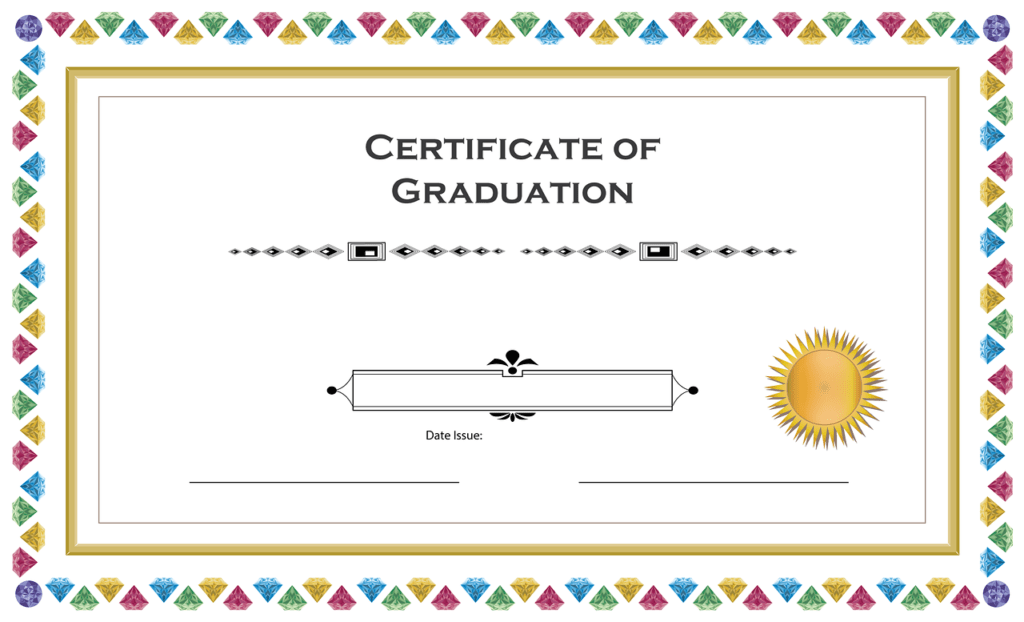Once Sheet Music is All Digital, Why Not Always Colour-Code Notes?
“Once sheet music is all digital, why not always colour-code notes?” Since most sheet music can now come in digital format, will there be any good reason not to color code the notes all the time? I’ve long advocated using color coding for helping special needs students to learn music from sheet music. However, the opening suggestion (by a person on social media) goes one step further. It proposes making a permanent change to how people read sheet music. Click to find out the arguments for and against adopting universal color coded music notation. Estimated reading time 2 minutes.

